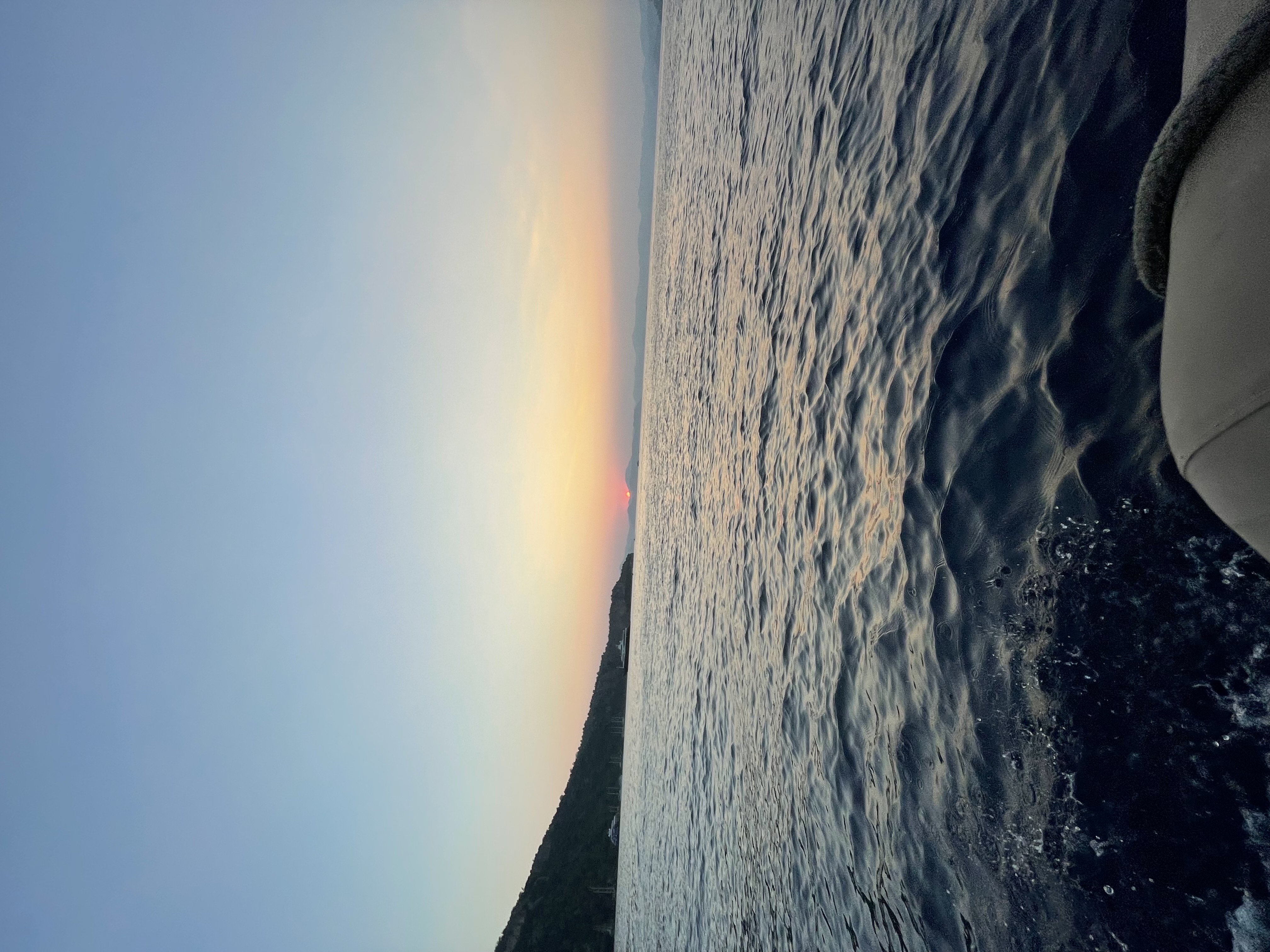Leaf structure
Cards (22)
- Leaf
- Palisade cell
- Plants get carbon dioxide
- Diagram of the root hair cell
- Parts of leaf structure
- Leaf features that aid photosynthesis
- Upper epidermis
- Lower epidermis
- Stomata
- Guard cells
- Respiration
- Photosynthesis
- Respiration
- Photosynthesis
- Test to see how light intensity affects the rate of photosynthesis
- A) waxy cuticleB) upper epidermisC) palisade cellsD) vascular bundleE) lower epidermisF) spongy mesophyllG) stomata
